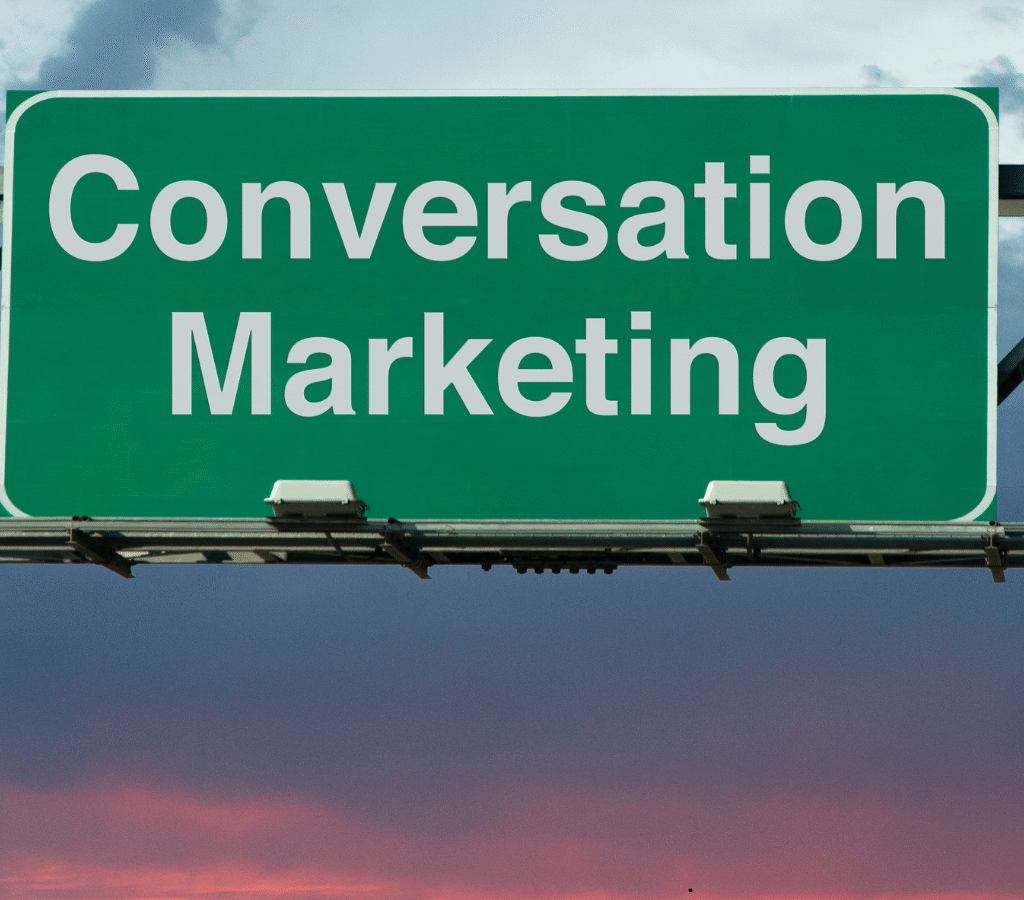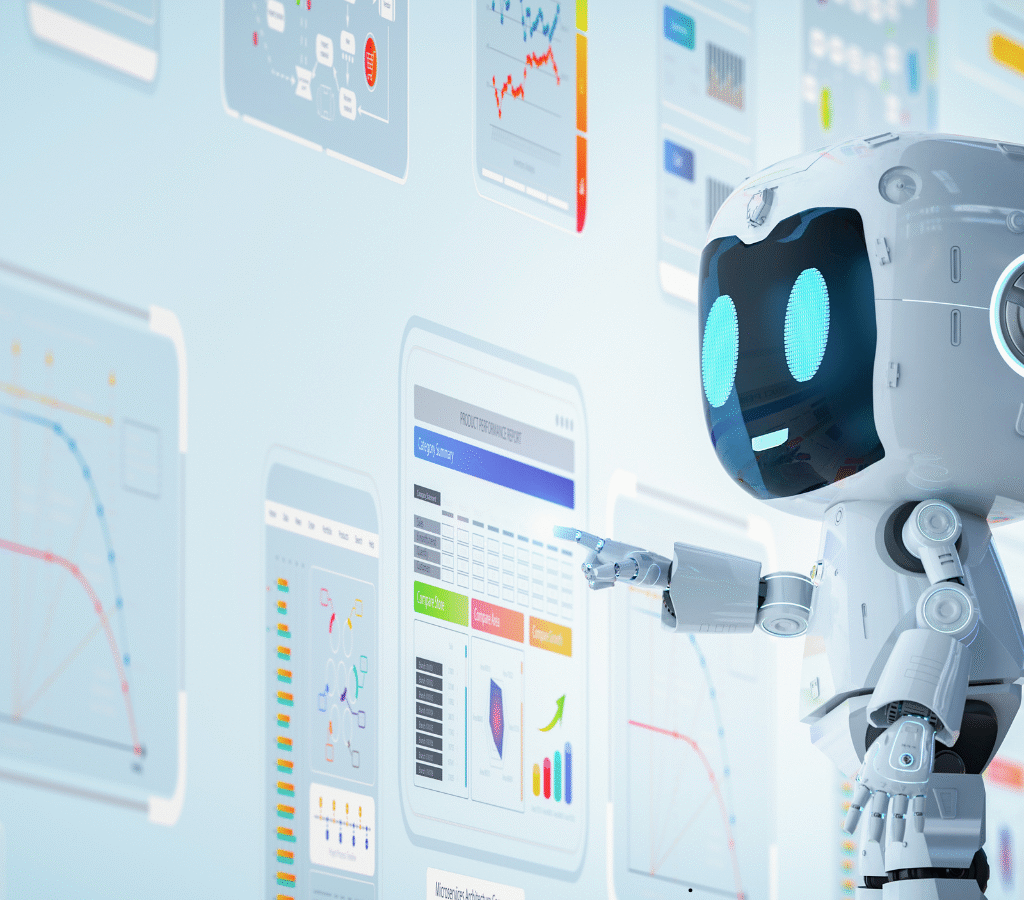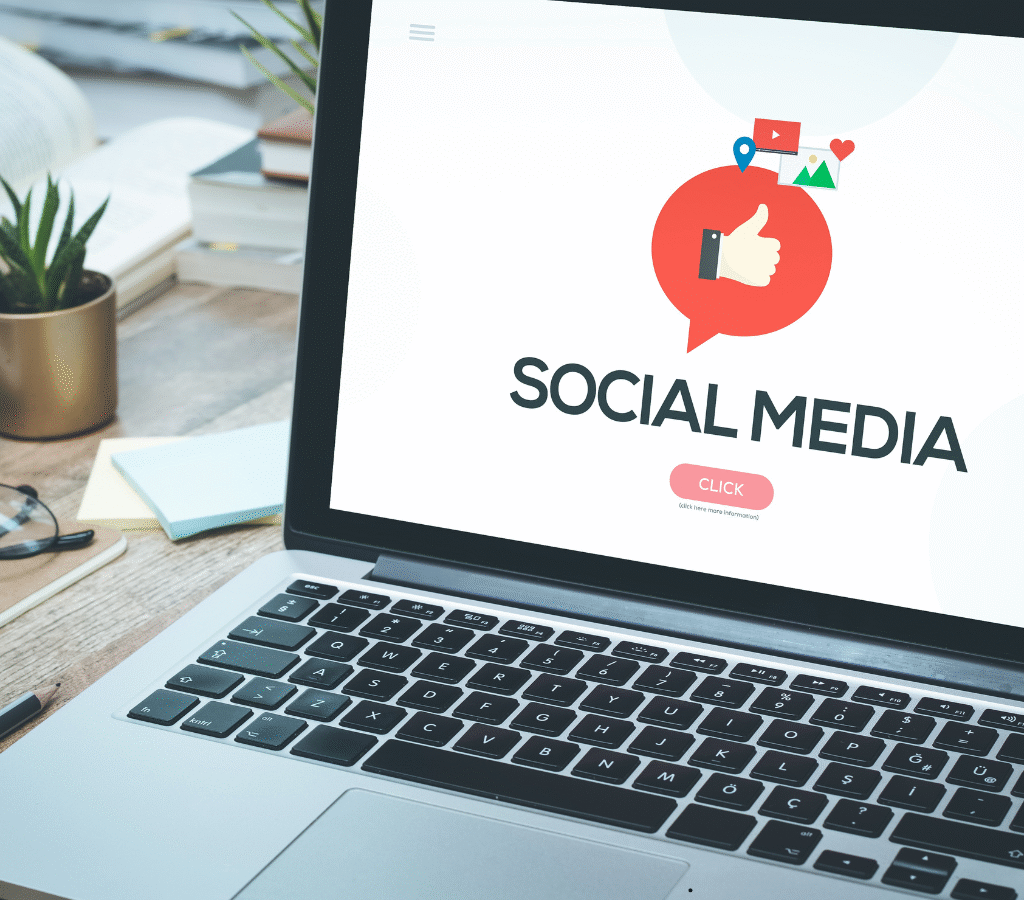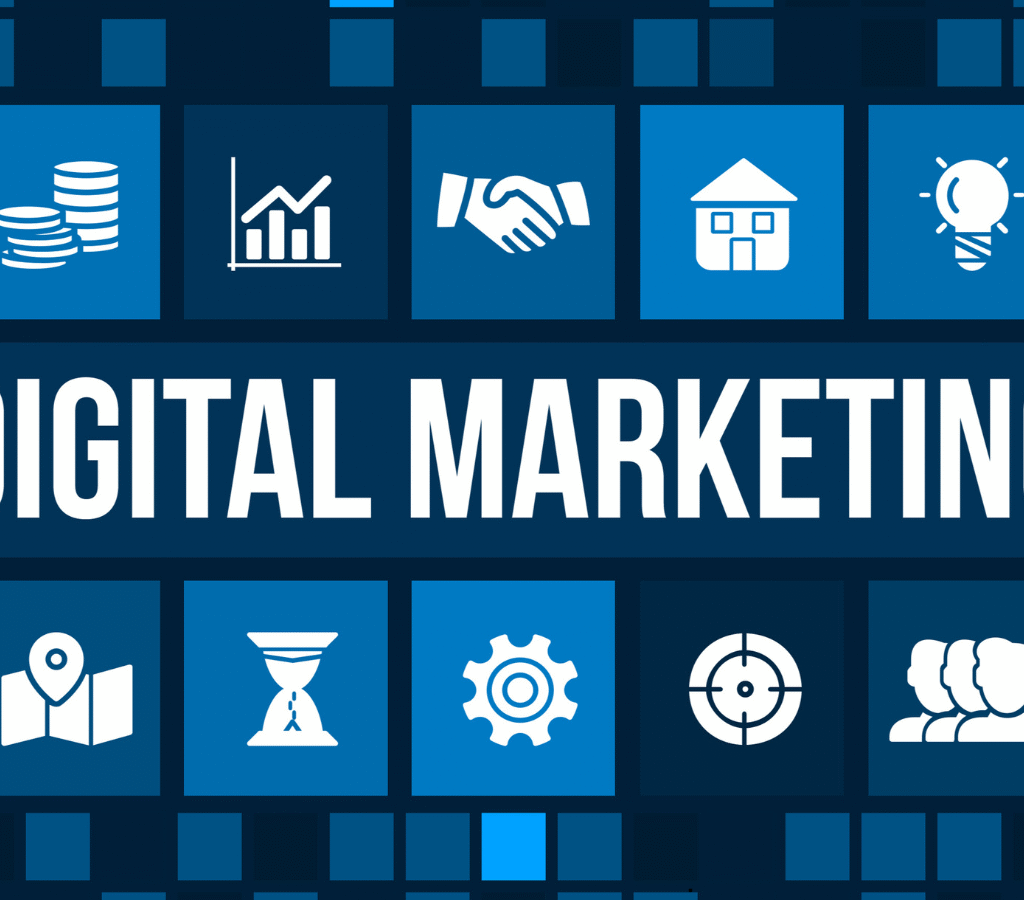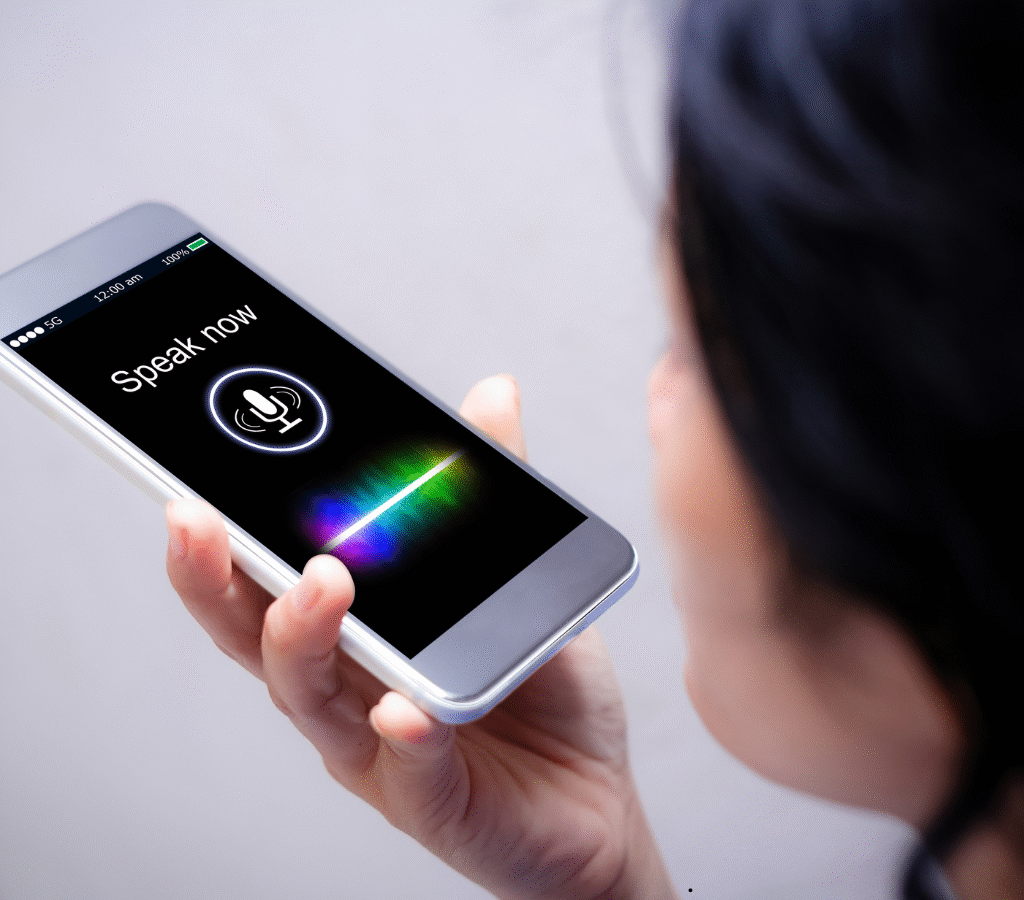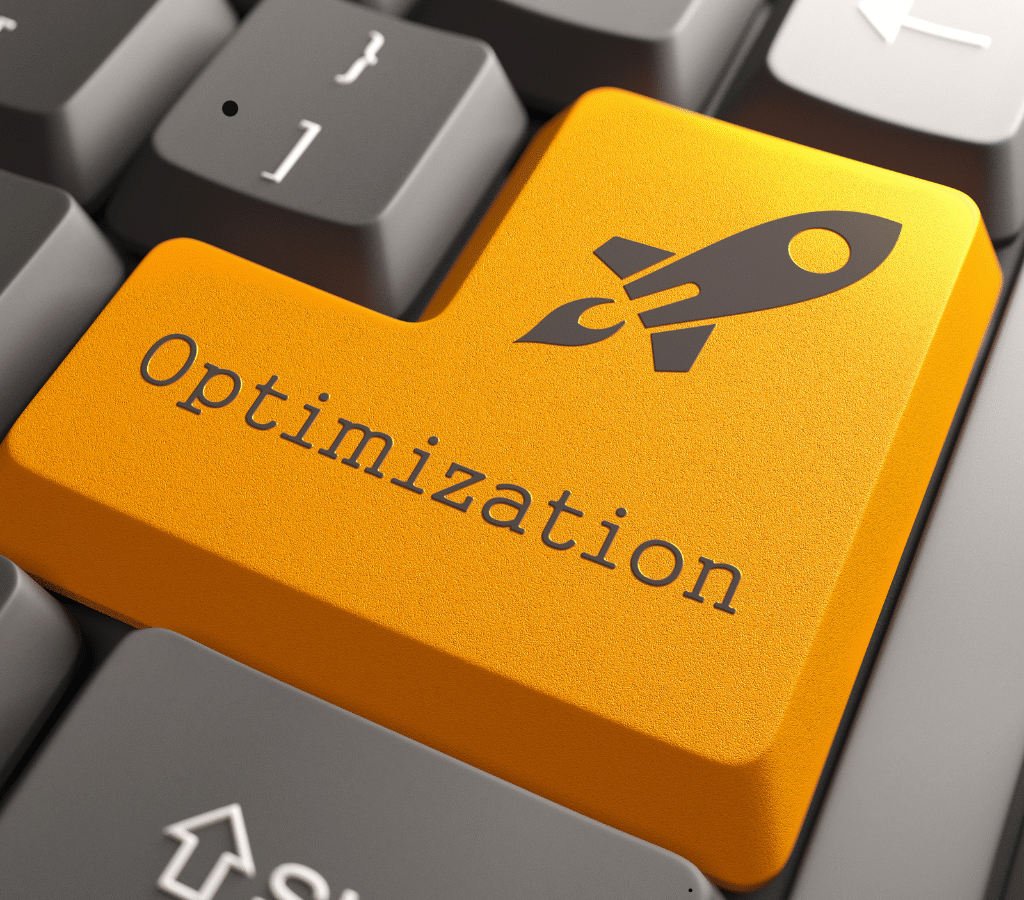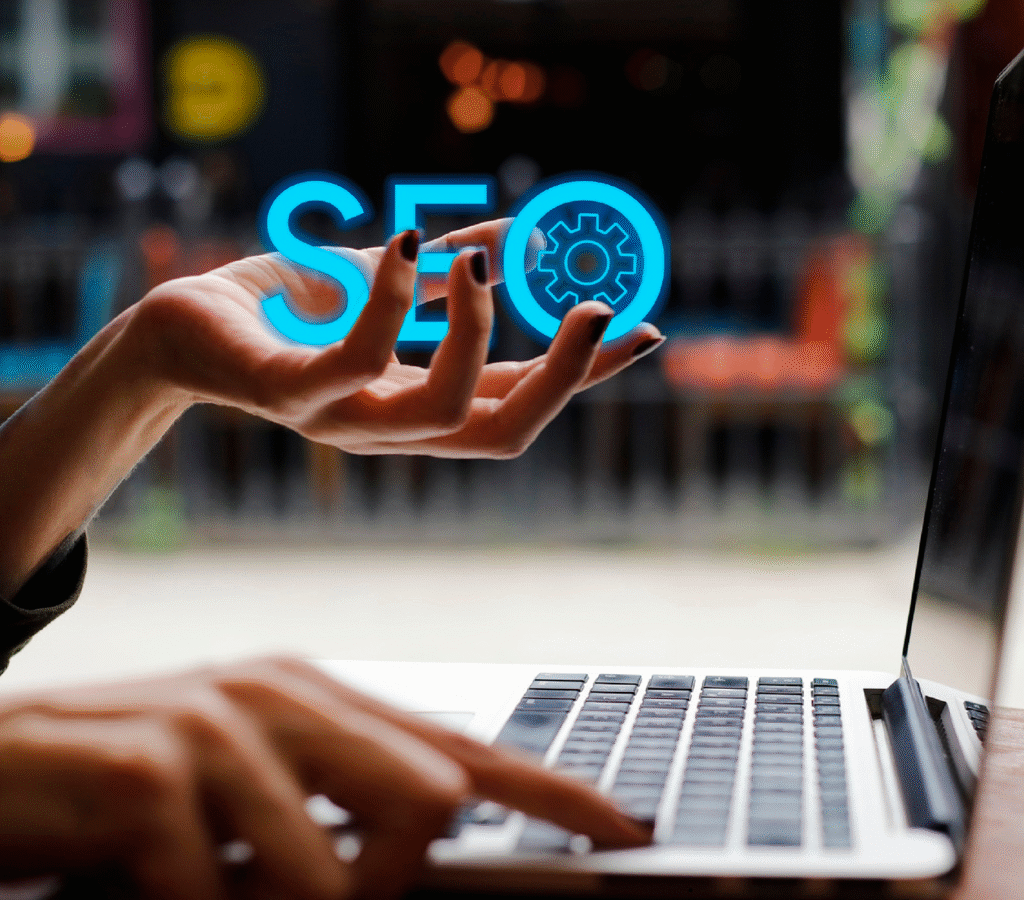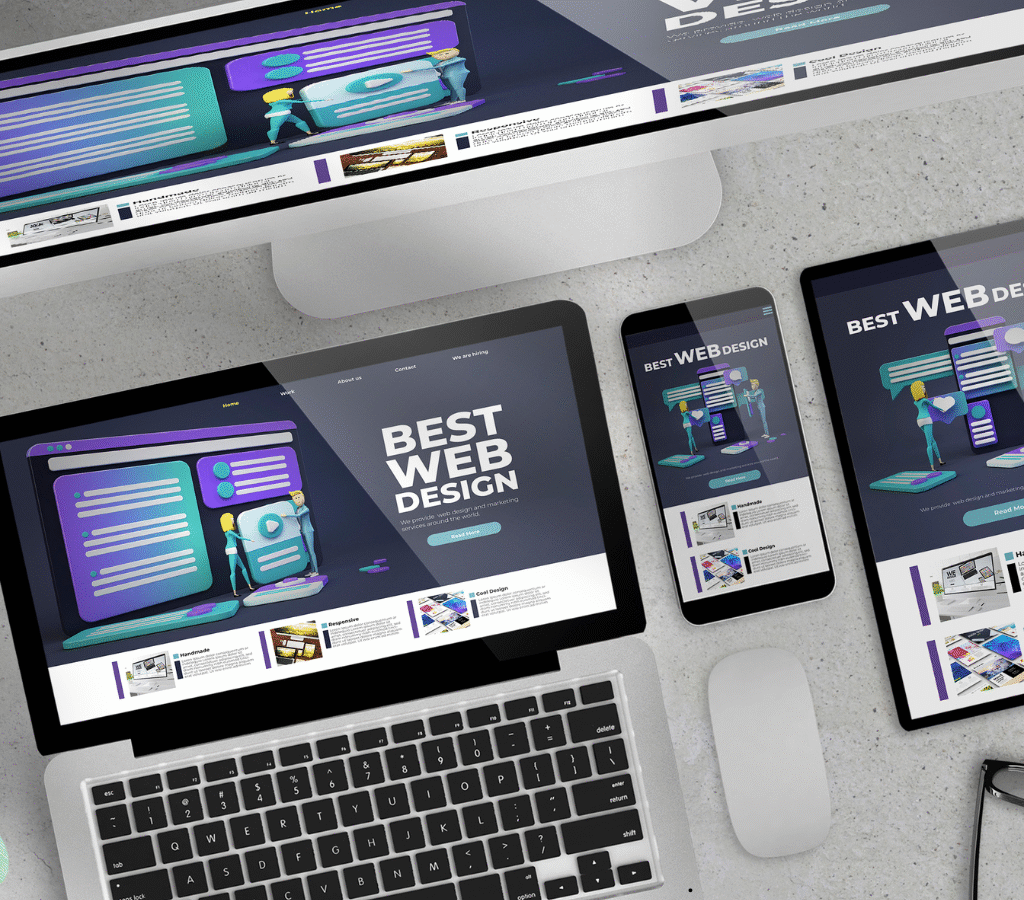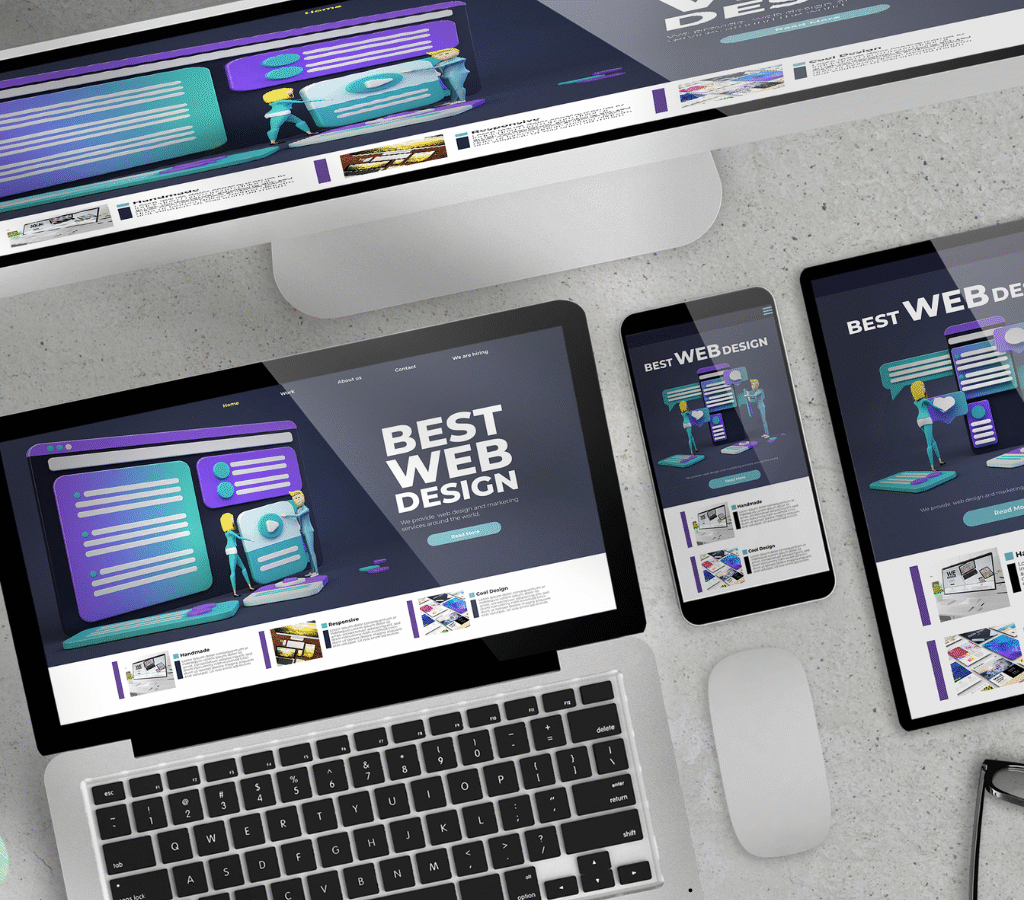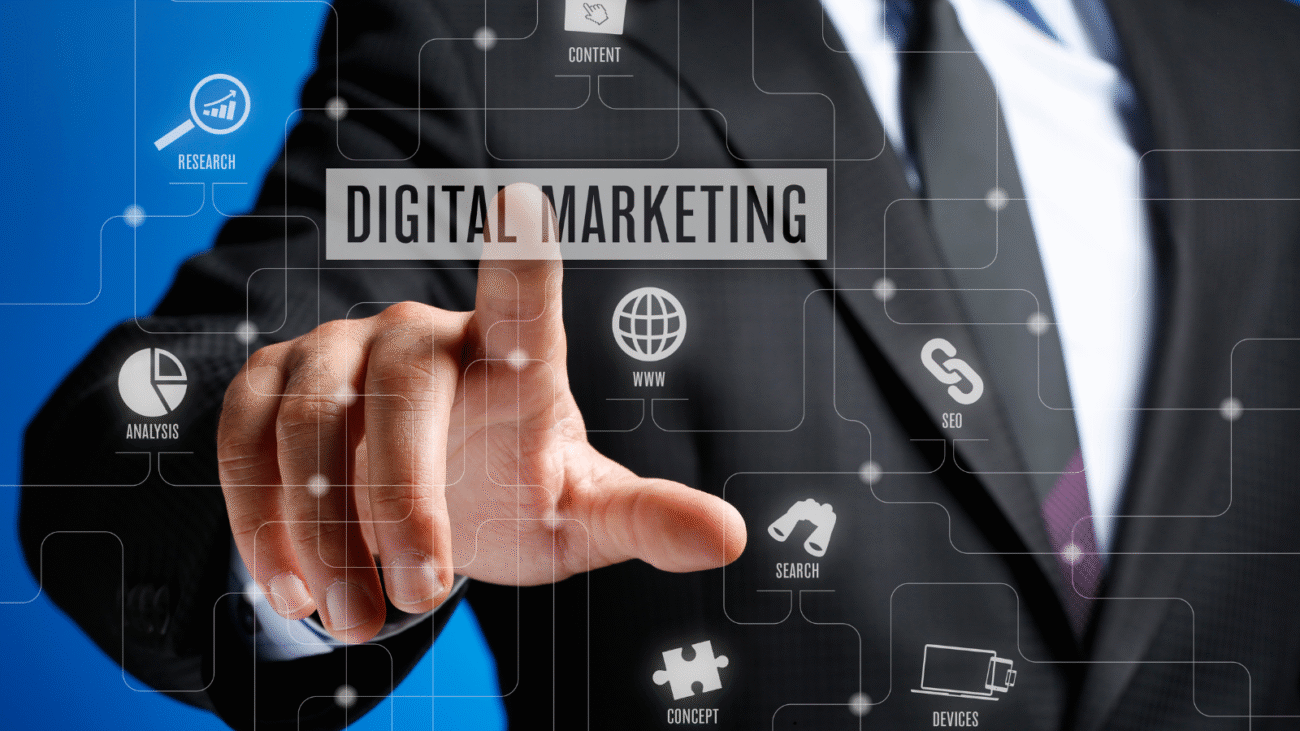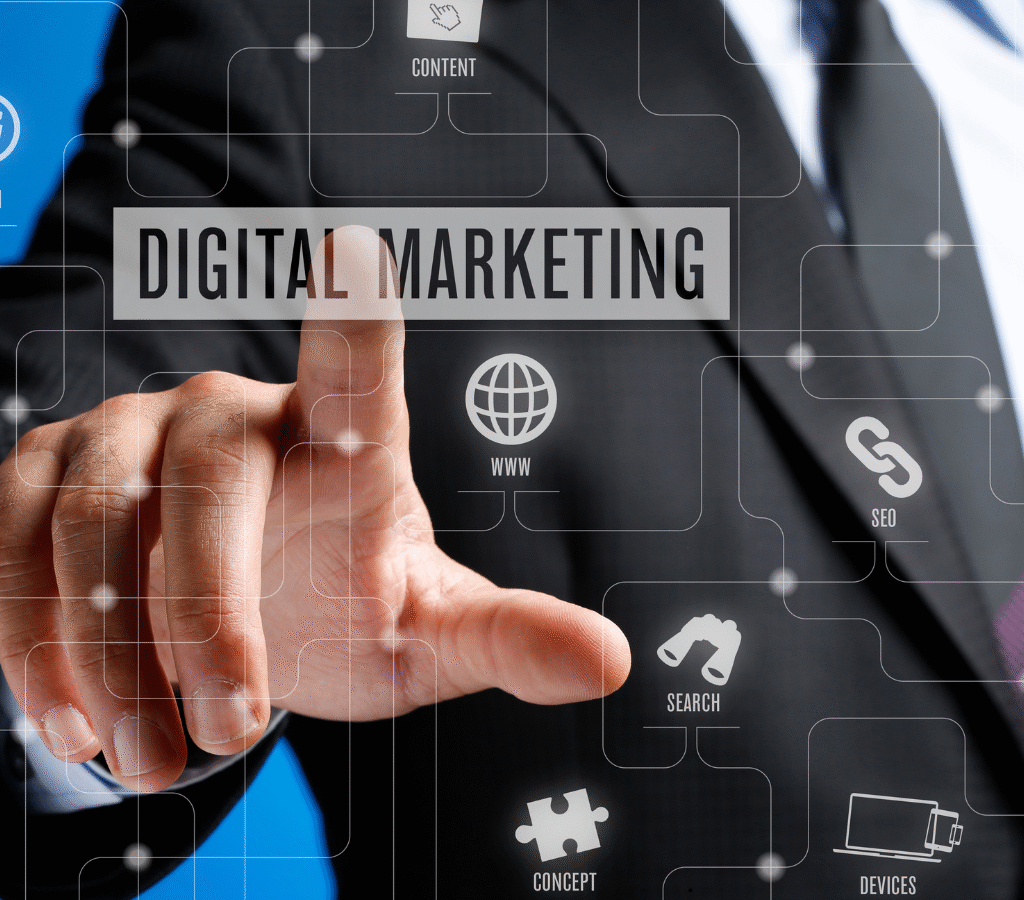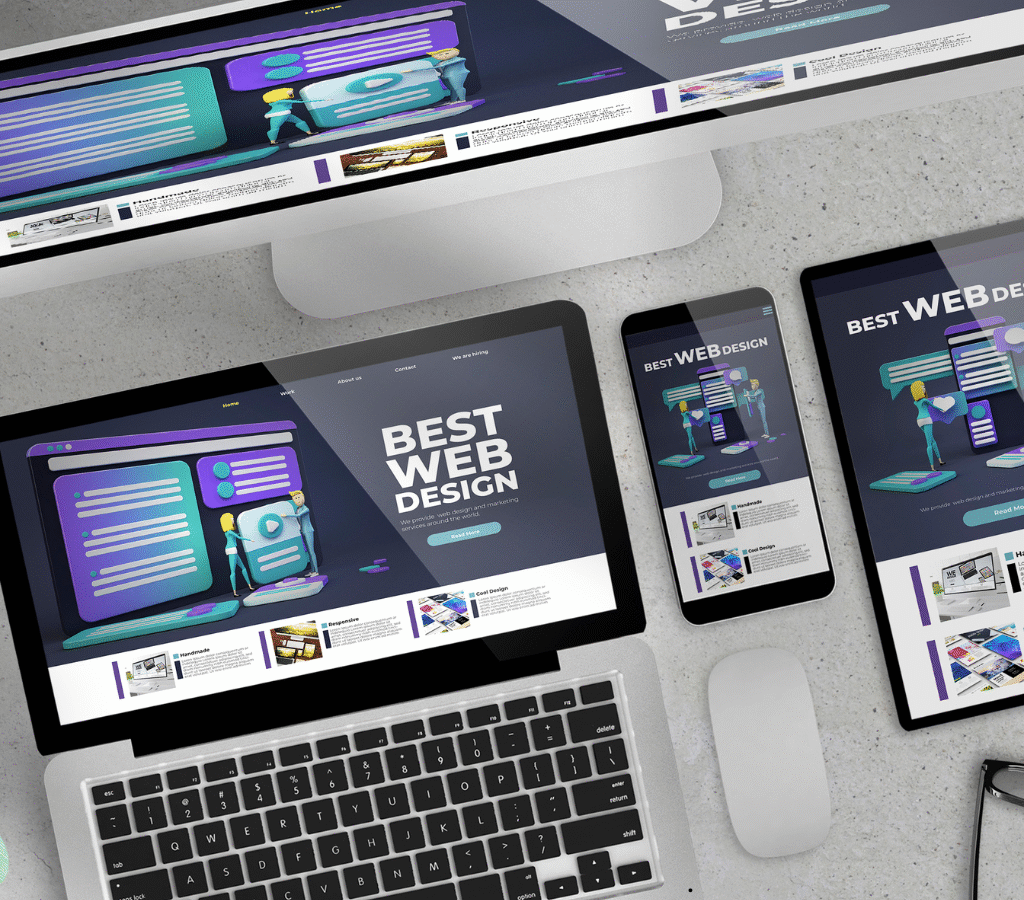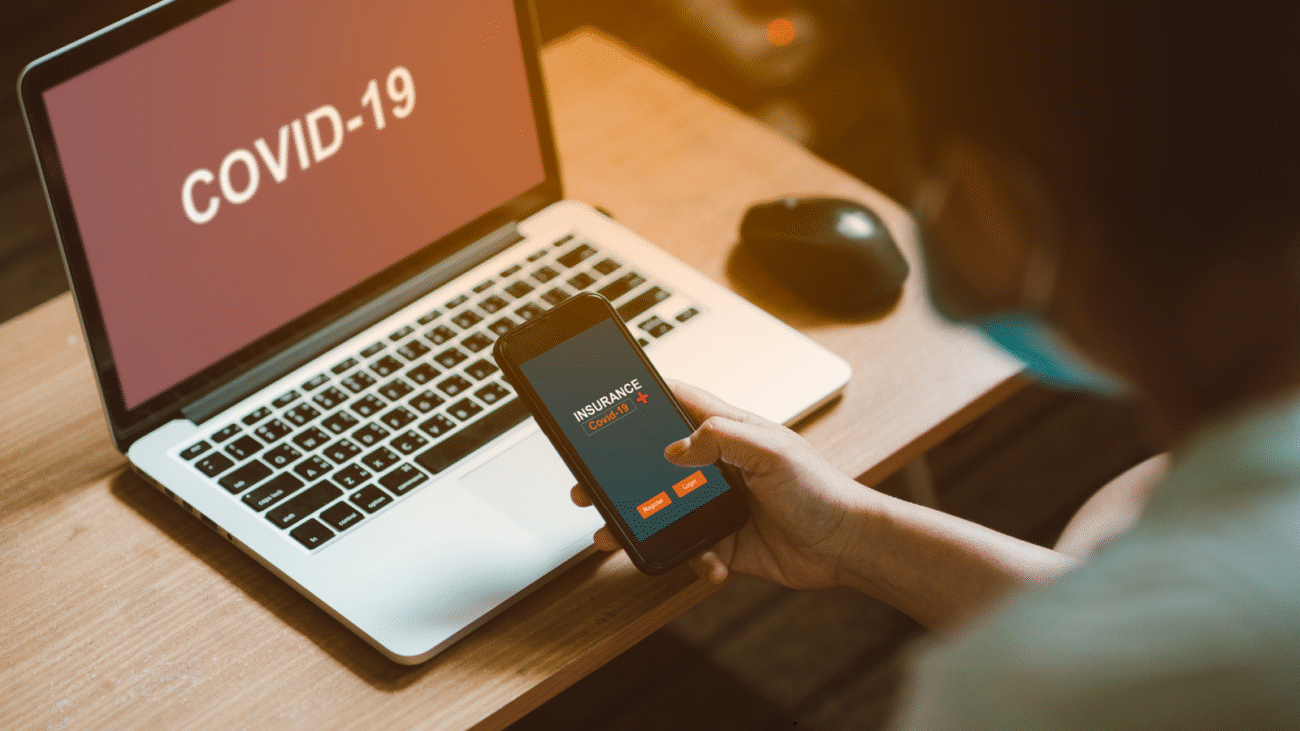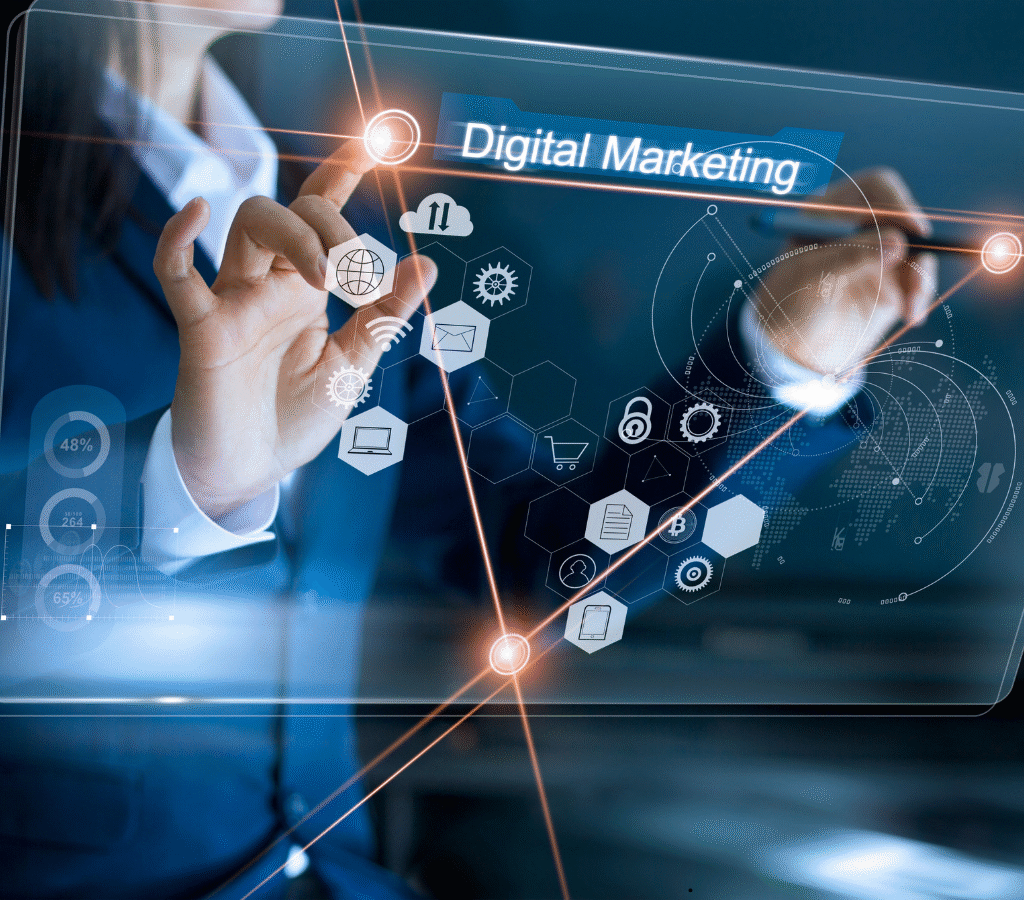In the ever-evolving world of digital marketing, influencer marketing has taken center stage. Whether it’s a fitness coach sharing healthy recipes or a celebrity launching a new skincare line, influencers play a critical role in how brands reach and engage audiences. But as businesses fine-tune their strategies, a key question emerges: Who delivers better ROI — micro-influencers or mega-influencers?
At Chasegeek, a leading digital marketing agency helping brands grow in the post-COVID digital era, we’ve seen this debate heat up. While mega-influencers bring massive reach, micro-influencers deliver authenticity and deep engagement. So, who truly gives you more value for your marketing budget?
Let’s break it down.
Who Are Micro-Influencers and Mega-Influencers?
Micro-Influencers
- Followers: 1,000 – 100,000
- Niche: Very specific (e.g., vegan skincare, indie gaming, sustainable fashion)
- Engagement Rate: High
- Audience: Highly targeted and loyal
Mega-Influencers
- Followers: 500,000 – Millions
- Niche: Broad (e.g., entertainment, lifestyle)
- Engagement Rate: Moderate to low
- Audience: Massive but less specific
Understanding ROI in Influencer Marketing
ROI (Return on Investment) measures the effectiveness of your influencer marketing efforts compared to the cost. A higher ROI means more conversions, leads, or brand awareness per rupee/dollar spent.
ROI includes:
- Engagement (likes, shares, comments)
- Website traffic
- Follower growth
- Conversions and sales
- Cost per acquisition (CPA)
So which group of influencers gives you better ROI?
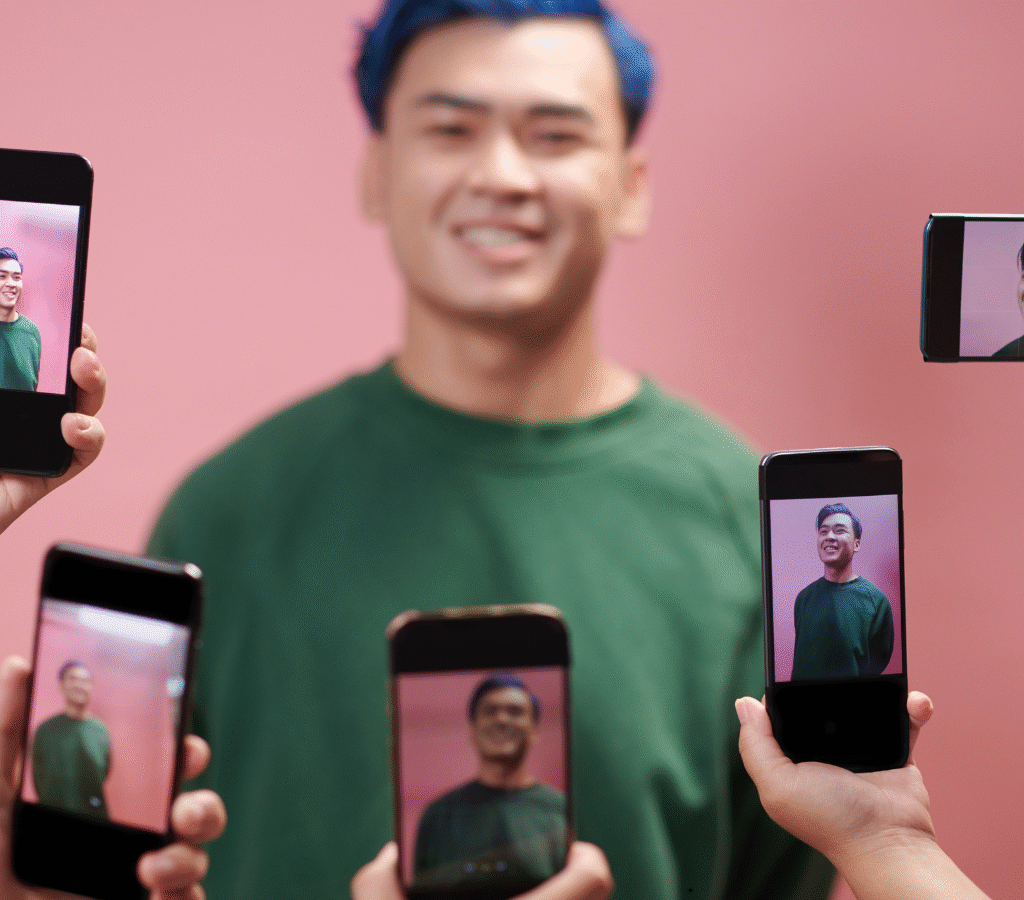
Micro-Influencers: The Underdog with Powerful Punch
1. Higher Engagement Rates
Studies show that micro-influencers often have 60% higher engagement rates than mega-influencers. Their audiences trust their opinions more and are more likely to interact with their content.
2. More Authenticity
Micro-influencers come across as relatable and genuine. Their reviews and posts feel like recommendations from a friend — not a sales pitch.
At ChaseGeek, we ran a campaign for a clean beauty brand using 30 micro-influencers. Despite lower follower counts, the campaign achieved 3x higher conversions than previous campaigns with a celebrity influencer.
3. Better Audience Targeting
Micro-influencers typically focus on niche content. Whether it’s a Delhi-based food blogger or a psychology student on Instagram talking about wellness — they attract an audience that aligns with your brand niche.
4. Cost-Effective Collaborations
Micro-influencers charge significantly less than mega-influencers — often opting for barter, affiliate links, or small fees. This allows brands to work with multiple influencers on the same budget, creating a broader yet targeted reach.
5. Strong Word-of-Mouth Power
People are more likely to act on product recommendations from micro-influencers. Their community trusts their word, leading to organic word-of-mouth marketing, which is priceless.
Mega-Influencers: The Celebrity Advantage
1. Massive Reach
Mega-influencers can introduce your brand to millions in a single post. They are perfect for brand awareness campaigns and product launches where reach matters more than immediate conversions.
2. Instant Credibility
A product shared by a Bollywood actor, a cricketer, or a Netflix star can create a buzz and signal quality. For luxury or lifestyle brands, aspirational value plays a major role.
3. Broad Appeal
If your product is for the masses (like food delivery apps, fashion wear, or tech gadgets), mega-influencers ensure it reaches a wide demographic quickly.
4. Media Value
Collaborating with celebrities often brings media coverage, press mentions, and PR value — something that micro-influencers alone can’t provide.
5. Global Brand Building
For international companies looking to enter new markets, mega-influencers help establish a global presence with cultural relevance.
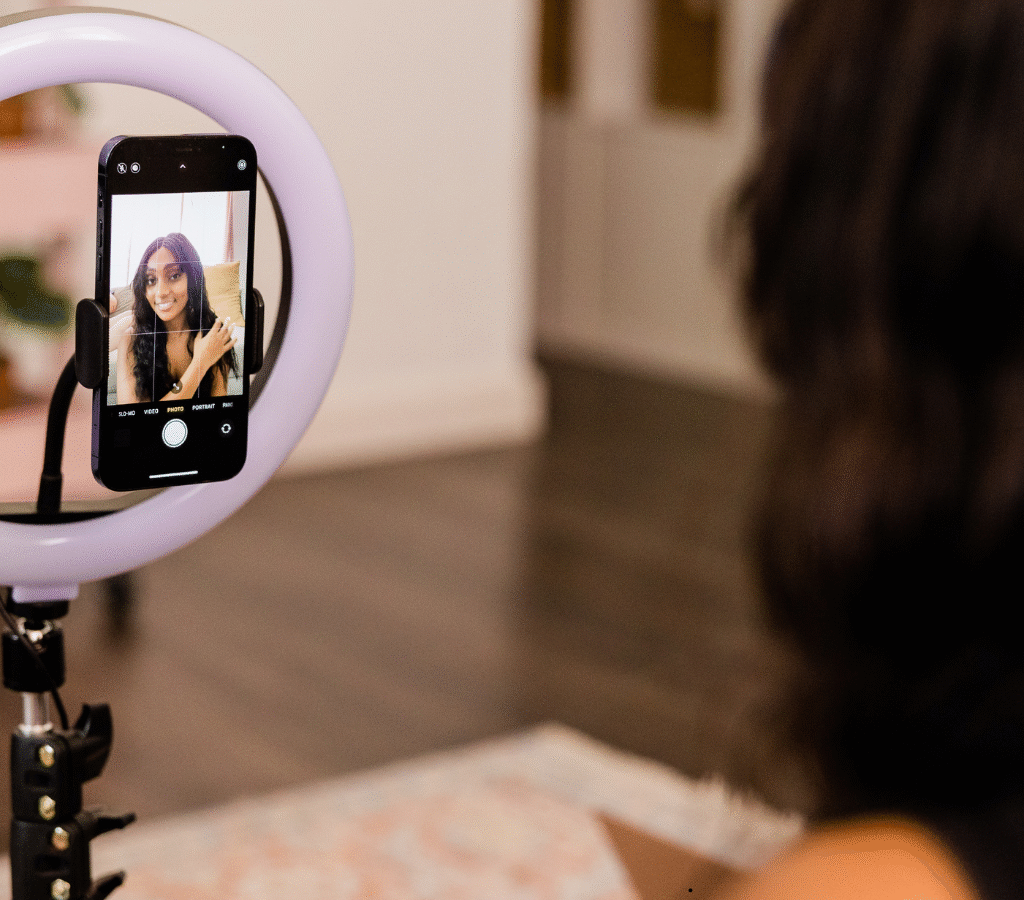
Micro vs. Mega: ROI Comparison
| Factor | Micro-Influencers | Mega-Influencers |
|---|---|---|
| Engagement Rate | ⭐⭐⭐⭐ | ⭐⭐ |
| Cost | 💸 Low | 💸💸💸 High |
| Audience Trust | High | Medium |
| Reach | Medium | Very High |
| Niche Targeting | Excellent | Poor |
| Conversion Potential | High | Moderate |
| Brand Awareness | Moderate | Very High |
Real-World Example: ChaseGeek Campaigns
Case 1: Local Café Promotion with Micro-Influencers
ChaseGeek partnered with 20 local food bloggers in Delhi NCR. Each influencer had under 50,000 followers. The results:
- Cost: ₹30,000 total
- Engagement rate: 8%
- Conversions (in-store visits): 600+
- ROI: 4.5x
Case 2: App Launch with a Mega-Influencer
A fintech brand launched a new app using a mega-influencer (5M+ followers).
- Cost: ₹5,00,000 for one post
- Engagement rate: 1.3%
- App installs: 9,000+
- ROI: 1.8x
Conclusion: Both strategies worked, but micro-influencers delivered a better ROI per rupee spent.
When Should You Choose Micro-Influencers?
- You’re a small business or startup with limited budget
- You want to target a specific niche or locality
- You aim to build long-term loyalty
- You prefer ongoing, authentic brand mentions
- You’re looking for collaborations over endorsements
When Should You Choose Mega-Influencers?
- You’re launching a new product or campaign
- You want maximum reach in minimum time
- You’re building a luxury or premium brand
- You aim for global exposure
- You’re planning to support it with media buys or PR
Hybrid Strategy: The Best of Both Worlds
Smart brands now combine both influencer types.
How?
- Use mega-influencers for a launch or buzz
- Follow up with micro-influencers to drive sustained engagement and conversions
At Chasegeek, we recommend this hybrid approach in 2025 — helping brands build reach and resonance together.
FAQs: Micro vs. Mega Influencers
1. Who is more affordable: Micro or Mega Influencers?
Micro-influencers are more budget-friendly. You can often work with 10–15 micro-influencers for the price of one mega-influencer.
2. Do micro-influencers really drive sales?
Yes! Micro-influencers typically have higher trust and engagement, which leads to better conversion rates, especially for niche products.
3. Are mega-influencers effective for small businesses?
Not always. They’re expensive and may not reach your target market. For small businesses, local micro-influencers are often a better investment.
4. Can I combine both in a campaign?
Absolutely. Many brands use a hybrid influencer strategy, starting with mega-influencers for visibility and then using micro-influencers to maintain momentum.
5. What’s the average engagement rate of micro vs. mega influencers?
- Micro-influencers: 6%–10%
- Mega-influencers: 1%–3%
6. How do I measure influencer ROI?
Track metrics like:
- Engagement
- Traffic to your site
- Conversions or sales
- Cost per acquisition
Use tools like Google Analytics, Instagram Insights, or ChaseGeek’s in-house tracking dashboard.
7. How can ChaseGeek help with influencer marketing?
Chasegeek curates tailored influencer strategies based on your goals, niche, and budget — connecting you with the right influencers for maximum ROI and measurable success.
Final Thoughts
In the battle of micro vs. mega, there’s no universal winner. The right choice depends on your brand goals, audience, and budget.
Want authentic engagement, niche targeting, and cost-efficiency? Go micro.
Need rapid reach, celebrity endorsement, and brand awareness? Go mega.
Want the best of both worlds? Go hybrid, and let experts like Chasegeek handle your influencer mix.
At the end of the day, influencer marketing isn’t about who has the most followers — it’s about who moves the needle for your business.



